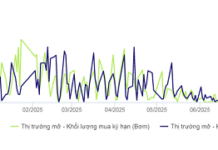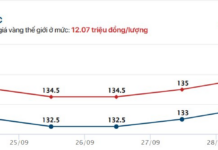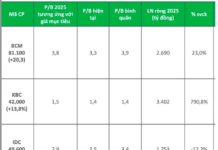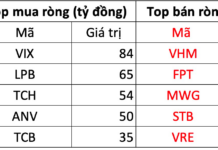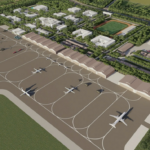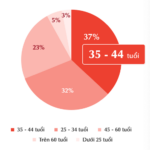According to the Air Transport Action Group (ATAG), many regions and countries, including Vietnam, measure the “health” of their economy through their aviation infrastructure. However, finding the optimal approach to leverage this infrastructure to boost related ecosystems, such as tourism, logistics, and services, is not always straightforward.
A notable example is the optimization of operations at Vietnam’s Long Thanh and Tan Son Nhat airports, which has captured the interest of aviation experts and passengers alike.

Artist’s impression of Long Thanh Airport, Dong Nai. Image: ACV.
Lessons from Japan and South Korea
Before 1978, Haneda Airport was the only airport serving Tokyo, Japan, located 26 kilometers from the city center. However, as the aviation market grew, Haneda became overwhelmed. To address this, the Japanese government constructed a second airport, Narita, situated 75 kilometers from the city center.
In 1978, following Narita’s completion, Japan redirected international flights to this new airport, while Haneda focused solely on domestic routes. However, the Japanese government soon recognized the significant demand for an international airport closer to the city center, and in 2007, Haneda resumed operations for international flights. In 2010, it further expanded with the addition of Terminal 3 for international flights.
Currently, Haneda is strategically positioned to serve domestic routes, short-haul international flights, and crucial international routes to major economic and political centers due to its proximity to the city center, making it convenient for business travelers who value time efficiency.
On the other hand, Narita Airport prioritizes long-haul international flights, cargo operations, low-cost carriers, and foreign airlines.
The Japanese government considers slots at Haneda Airport as national assets. Consequently, prominent Japanese carriers like ANA and Japan Airlines predominantly operate from Haneda, enhancing their competitiveness against foreign airlines.
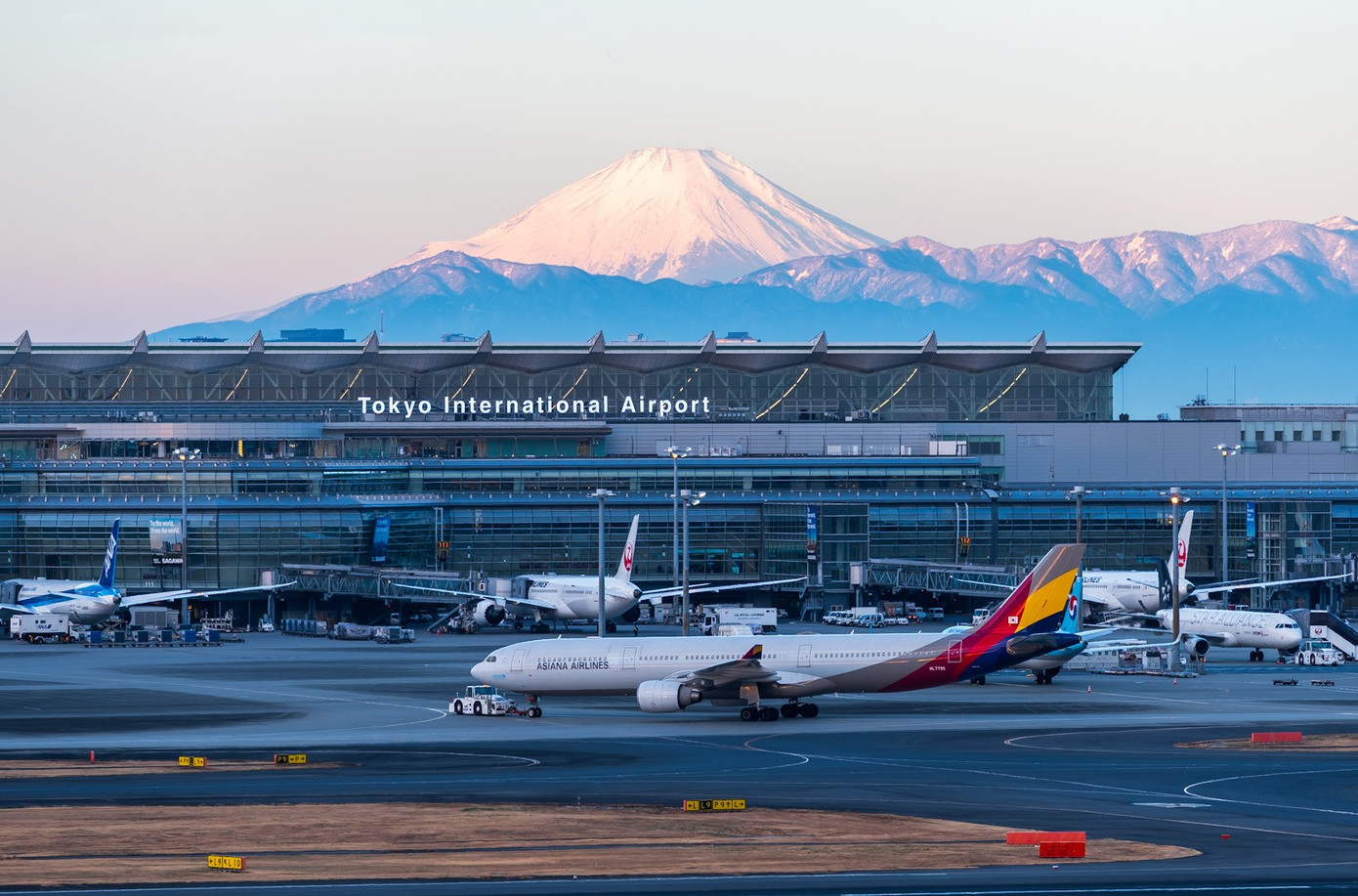
Haneda Airport in Tokyo, Japan. Image: Heluxiaozhu.
Cirium LBMH 2025 statistics reveal that ANA and Japan Airlines operate an average of 5,766 weekly flights at Haneda, accounting for 62% of the total flights to and from the airport, compared to only 534 weekly flights at Narita. Conversely, Japanese low-cost carriers (Jetstar Japan, Peach, Spring Japan, and Skymark) have a stronger presence at Narita, constituting 64% of their operations compared to Haneda.
Regarding foreign airlines, the Japanese government allocates slots at Haneda as a diplomatic gesture, leveraging them as a negotiating tool and steering foreign carriers towards Narita.
In South Korea, a similar scenario unfolded with Gimpo Airport, the sole airport serving Seoul before 2001, located 21 kilometers from the city center. As Gimpo became congested, the South Korean government constructed Incheon Airport, situated 60 kilometers away.
Upon Incheon’s completion, South Korea shifted all international flights from Gimpo to Incheon, designating Incheon as the international gateway and leaving Gimpo to handle domestic routes. However, two years later, recognizing the high demand for a centrally located airport, South Korea reintroduced short-haul international flights from Gimpo to major regional cities like Tokyo, Shanghai, and Osaka.
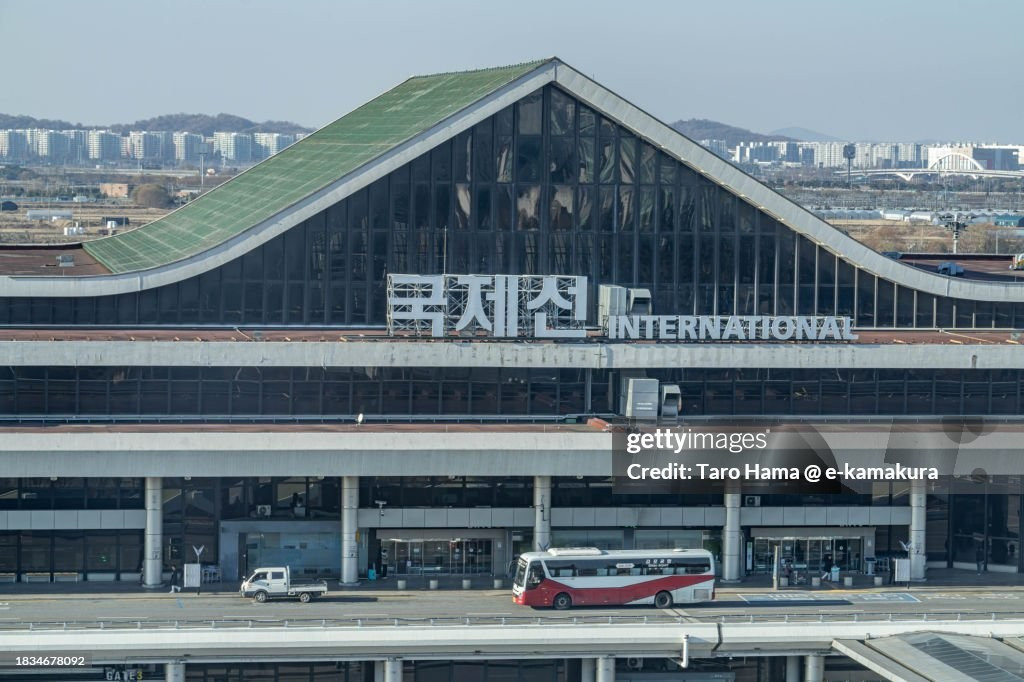
Gimpo Airport is conveniently close to Seoul, South Korea’s capital. Image: Getty.
Currently, Gimpo is positioned as an urban airport, focusing on domestic routes and high-demand short-haul international flights, catering to business travelers and those seeking convenience. Meanwhile, Incheon retains its status as South Korea’s primary international airport.
The Irreplaceable Role of Centrally Located Airports
The experiences of Haneda and Narita in Japan, as well as Gimpo and Incheon in South Korea, underscore the crucial and irreplaceable role of centrally located airports, particularly for business travelers, high-end tourists, and passengers traveling on medium and short-haul routes. Consequently, governments worldwide carefully plan and strategize the operations of such airports.
Airports near city centers, like Haneda and Gimpo, offer unparalleled convenience to passengers, making them ideal for domestic, medium, and short-haul international routes, especially those with a high proportion of business travelers.
On the other hand, airports farther from city centers, such as Narita and Incheon, tend to cater to long-haul intercontinental flights, cargo operations, low-cost carriers, and foreign airlines.
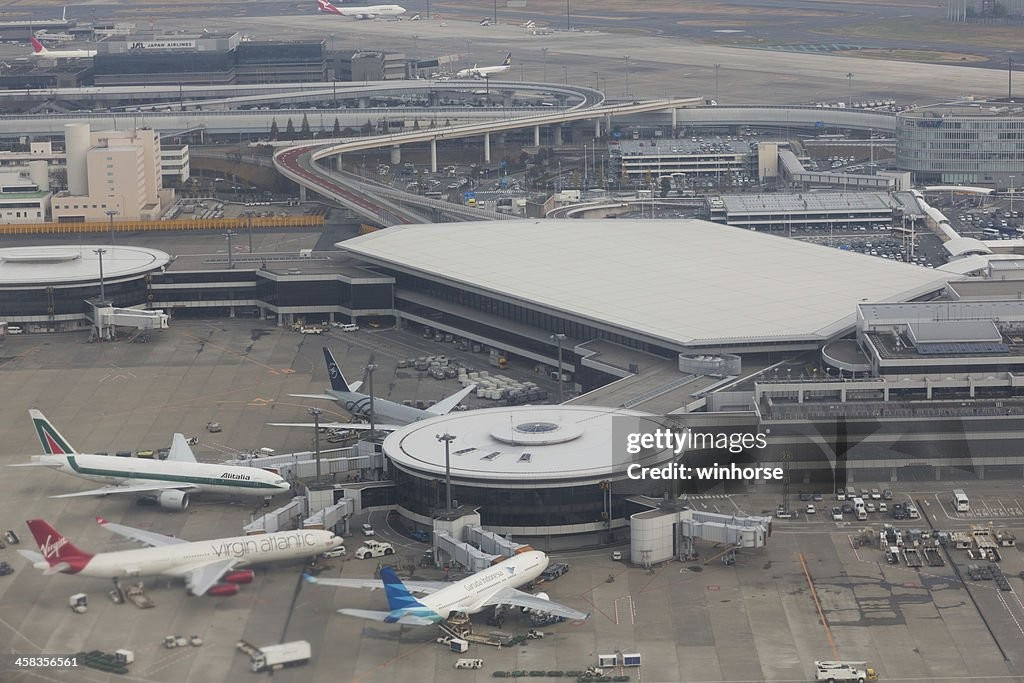
Narita Airport in Japan. Image: Getty.
Governments play a pivotal role in regulating airline operations. Slots at centrally located airports are regarded as national assets and are typically prioritized for allocation to domestic full-service carriers. Governments also closely monitor the allocation of slots at these airports to foreign carriers.
National carriers are given preference in selecting their operating airports to align with their strategic goals and ensure national competitiveness. Conversely, foreign airlines are generally directed to airports farther from city centers.
For airports located farther from urban centers, a well-integrated, multimodal transportation system is essential, offering convenient and swift connections, along with urban planning that supports this integration.

Inside Terminal 3 of Tan Son Nhat Airport. Image: ACV.
Returning to the case of Long Thanh and Tan Son Nhat airports, many suggest drawing insights from the experiences of Japan and South Korea.
Proposals include utilizing Tan Son Nhat Airport for short-haul international flights within Southeast Asia and domestic routes, while Long Thanh Airport would cater to long-haul international flights beyond Southeast Asia, along with other international and domestic flights based on airlines’ preferences, ensuring efficient connections and aircraft turnaround.
Foreign airlines would operate exclusively from the international Long Thanh Airport.
“Ho Chi Minh City’s Gia Binh Airport: Envisioning a Busier Future with a Capacity of 50 Million Passengers by 2050”
With an impressive projected capacity of 50 million passengers annually by 2050, Gia Binh International Airport is being developed as a world-class aviation hub. This strategic development also aims to alleviate the strain on Noi Bai International Airport, optimizing airspace utilization in the region.
Proposed Upgrade to Cat Bi Airport’s Capacity to 13 Million Passengers Annually
The proposed expansion of Cat Bi International Airport is an exciting development for Vietnamese aviation. With a vision for 2050, the airport aims to significantly increase its capacity, serving an impressive 13 million passengers and a substantial 250,000 tons of cargo annually by 2030. This ambitious plan, proposed by the Civil Aviation Authority of Vietnam, underscores the country’s commitment to enhancing its aviation infrastructure and establishing Cat Bi as a prominent aviation hub.







